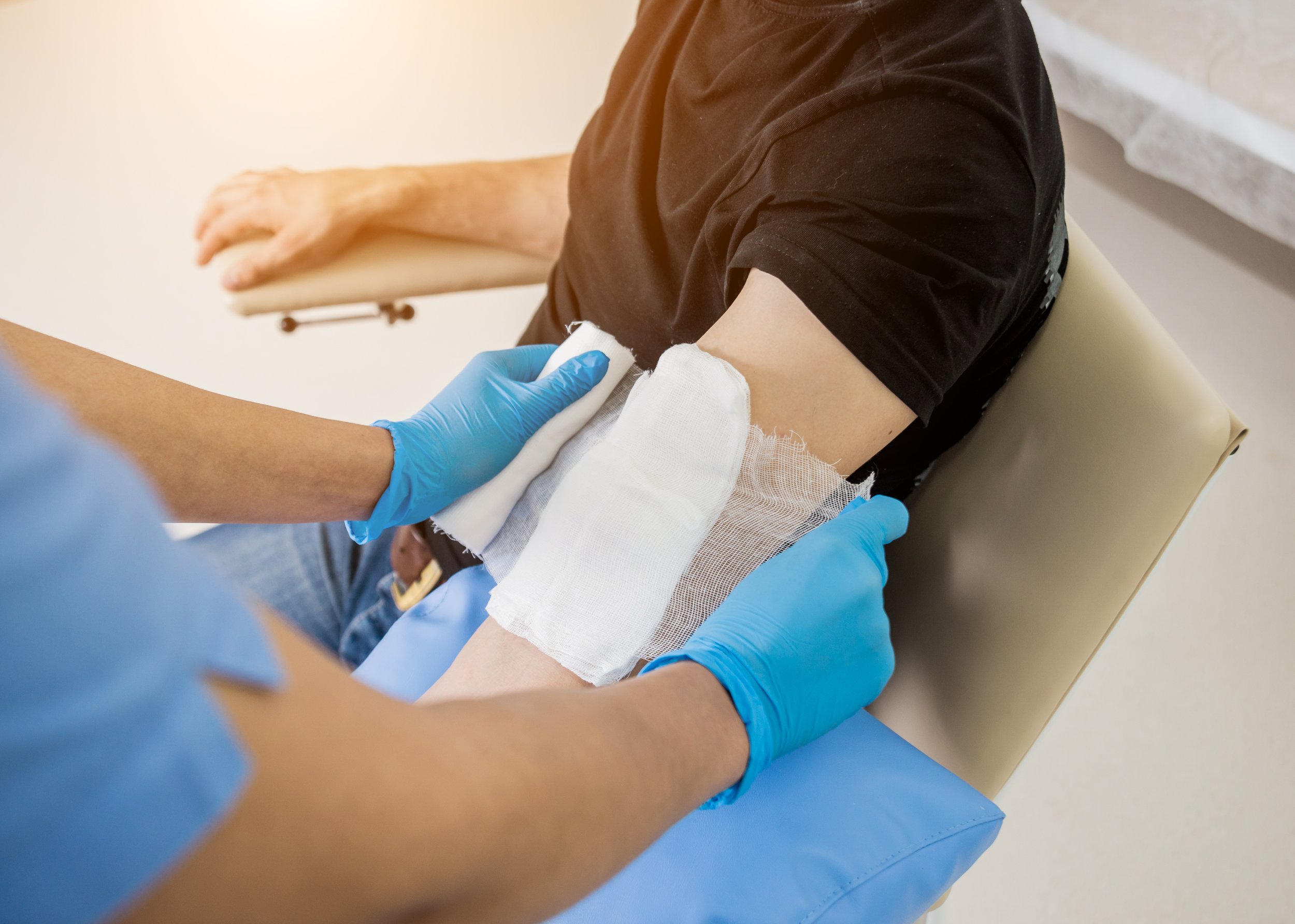Breakthrough in Diabetic Wound Management with Bioactive Dressings

Diabetic wounds are notoriously difficult to treat, largely due to prolonged inflammation and a heightened risk of infection. Traditional treatments often provide only passive protection, failing to dynamically interact with the wound environment. This limitation underscores the need for advanced therapies that can actively correct imbalances in the wound healing process, offering more effective solutions for managing diabetic wounds.
The development of bioactive dressings such as poly (L-lactic acid) (PLLA) nanofibrous membranes incorporated with silver nanoparticles (AgNPs) and curcumin (PLLA/C/Ag) signifies a crucial shift towards such advanced therapies. These innovative membranes are designed to enhance the healing process by targeting the fundamental issues associated with diabetic wounds, such as excessive inflammation and infection.
A recent article published in Burns & Trauma on 5 June 2024, by a research team from Mudanjiang Medical University and affiliated institutions, evaluates the effectiveness of PLLA nanofibrous membranes. These membranes, infused with curcumin and silver nanoparticles, significantly improve the healing processes in diabetic wounds. The study focuses on developing these PLLA/C/Ag nanofibrous membranes through air-jet spinning, a method that ensures consistent fibre distribution essential for effective therapeutic delivery.
The membranes offer dual benefits: their antioxidant properties reduce harmful reactive oxygen species in the wound environment, while their potent antibacterial activity decreases infection risks. In vivo tests on diabetic mice demonstrated the membranes' ability to promote critical healing processes such as angiogenesis and collagen deposition. These findings highlight that PLLA/C/Ag membranes not only protect wounds but also actively support and expedite the healing process. This marks them as a significant therapeutic innovation for diabetic wound management, with potential applications in broader chronic wound care.
Dr. Yanhui Chu, a principal investigator of the study, emphasises, "The PLLA/C/Ag membranes are a significant breakthrough in diabetic wound care. Their ability to effectively modulate the wound environment and enhance healing could establish a new standard in treatment, providing hope to millions affected by diabetes-related complications."
The implementation of PLLA/C/Ag nanofibrous membranes in clinical settings could revolutionise the treatment of diabetic wounds, offering a more active and effective approach. Beyond diabetes management, this technology has the potential for extensive applications in various chronic wounds, paving the way for future advancements in bioactive wound dressings.
This study not only advances our understanding of wound management but also opens new avenues for developing adaptive treatments for complex wound scenarios. The promising results from the use of PLLA/C/Ag membranes suggest a future where chronic wounds can be managed more effectively, reducing the burden on patients and healthcare systems alike. The potential for broader applications of this technology signifies a leap forward in the field of bioactive wound dressings, heralding a new era of medical treatments that are both innovative and highly effective.
The ability of these membranes to dynamically interact with the wound environment and promote healing processes represents a paradigm shift in wound care. The research conducted by Mudanjiang Medical University and its partners showcases the potential of combining advanced materials science with medical research to address longstanding medical challenges. The study's findings could lead to improved quality of life for individuals suffering from chronic wounds, offering a glimmer of hope in what has traditionally been a difficult area of medical treatment.
In summary, the development of PLLA/C/Ag nanofibrous membranes offers a promising new approach to diabetic wound management. By addressing the core issues of inflammation and infection through innovative material science, these membranes provide an active and effective treatment option. The ongoing research and potential clinical applications suggest a bright future for bioactive dressings in chronic wound care, marking a significant step forward in medical science and patient care.
Author:
Arnold Kristoff
Content Producer and Writer





